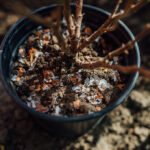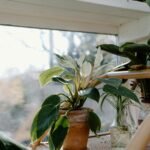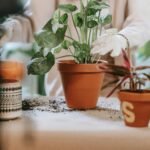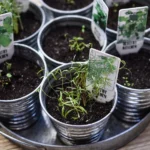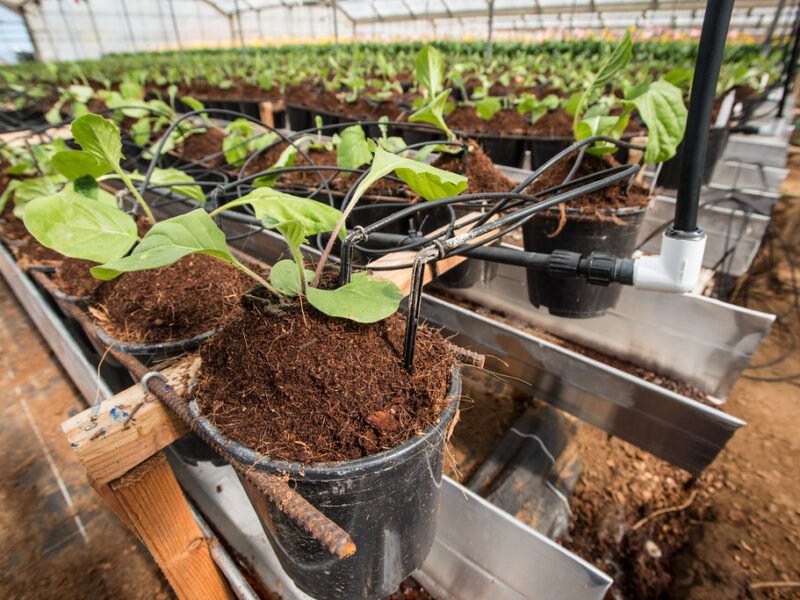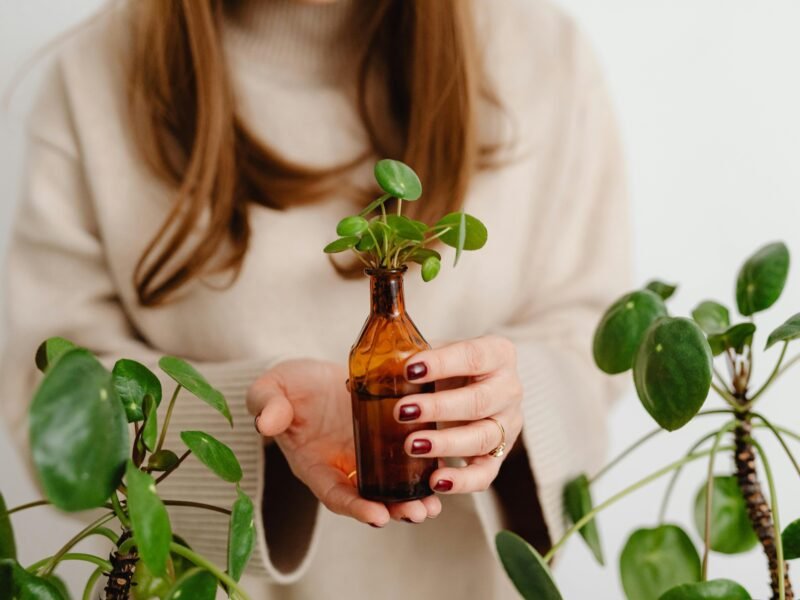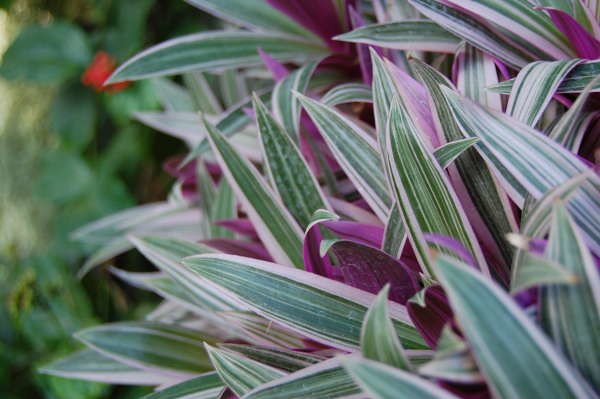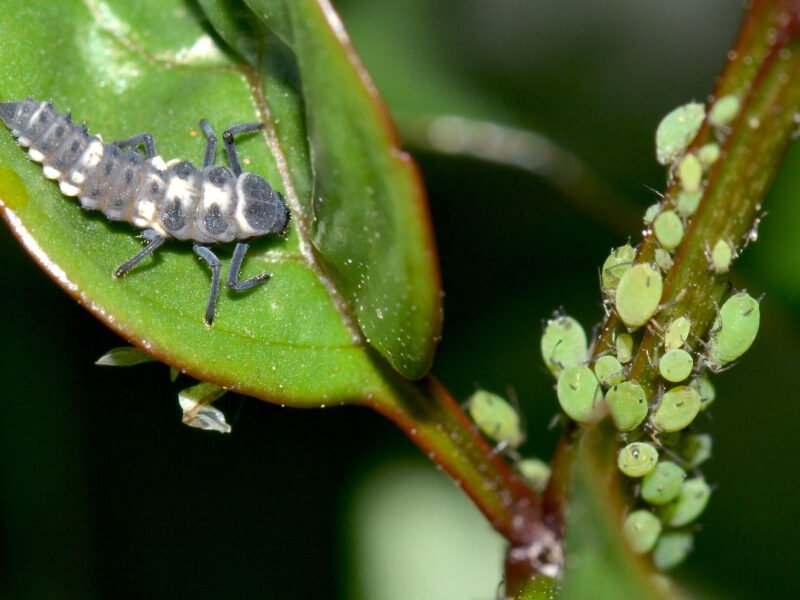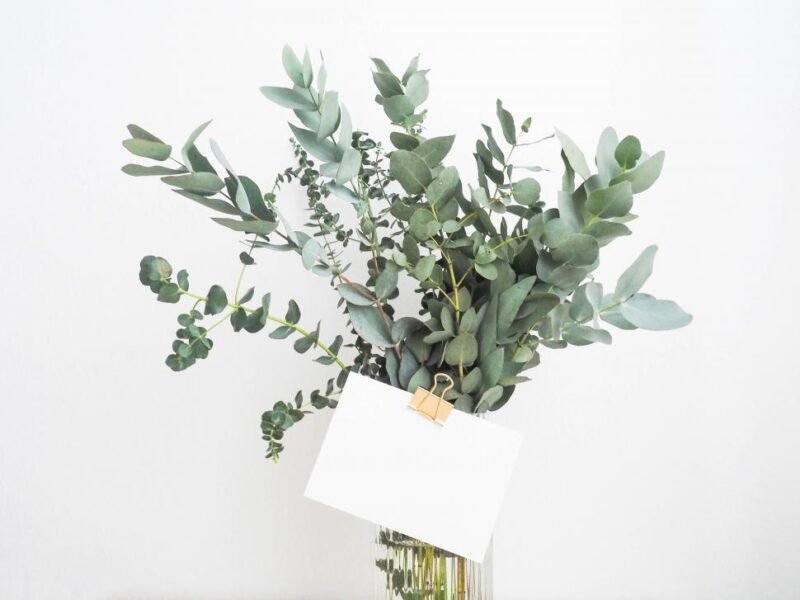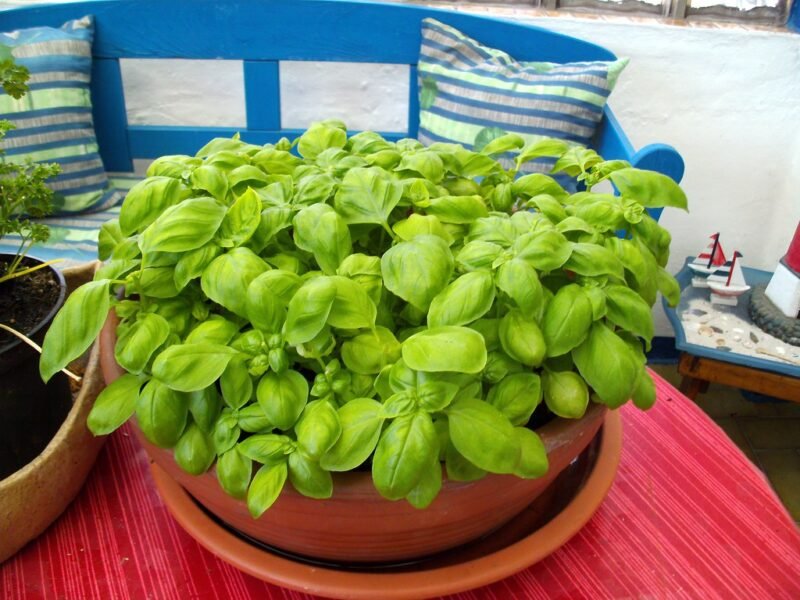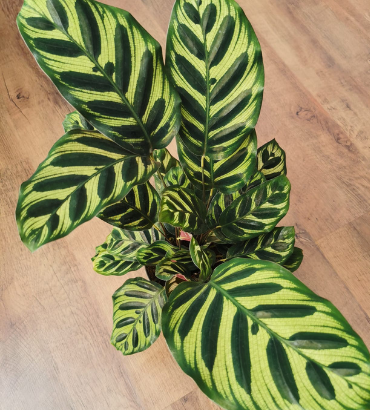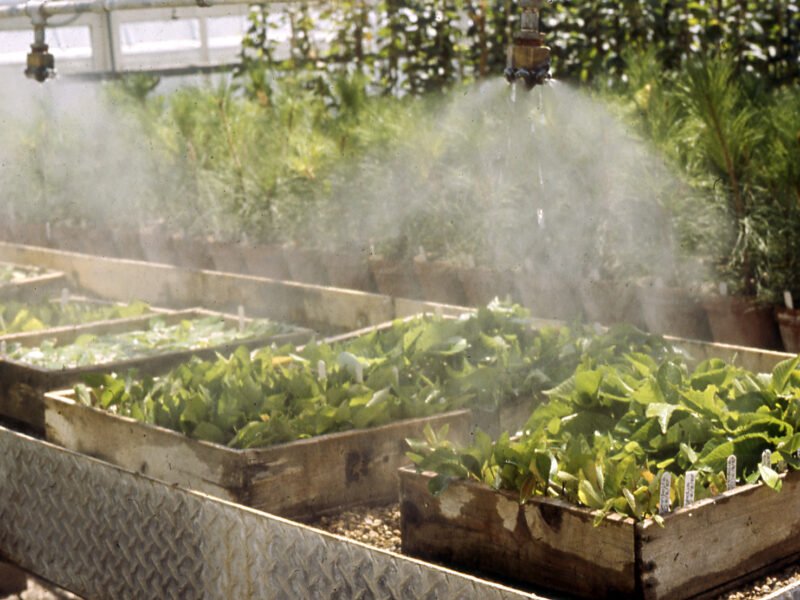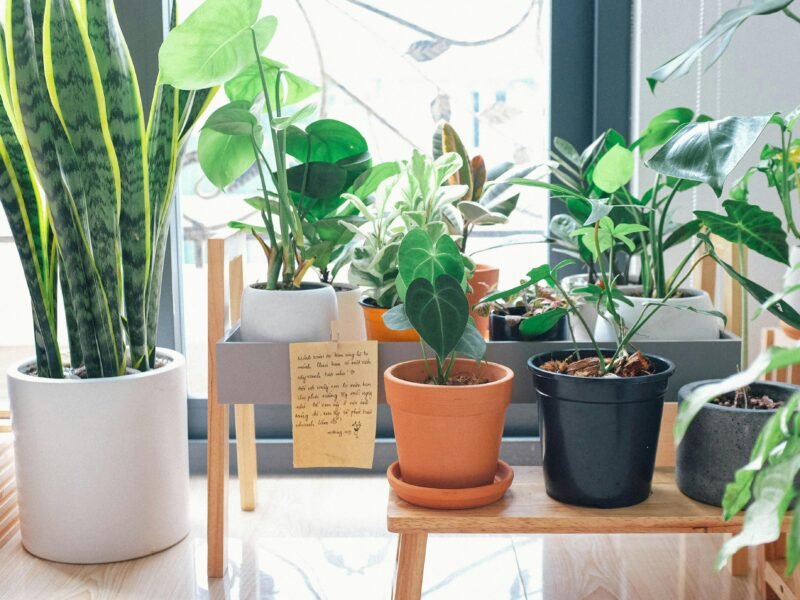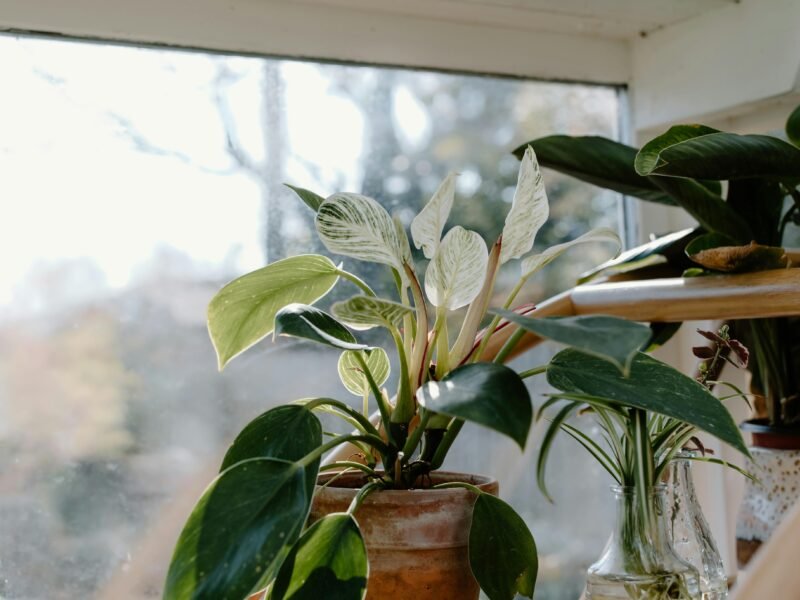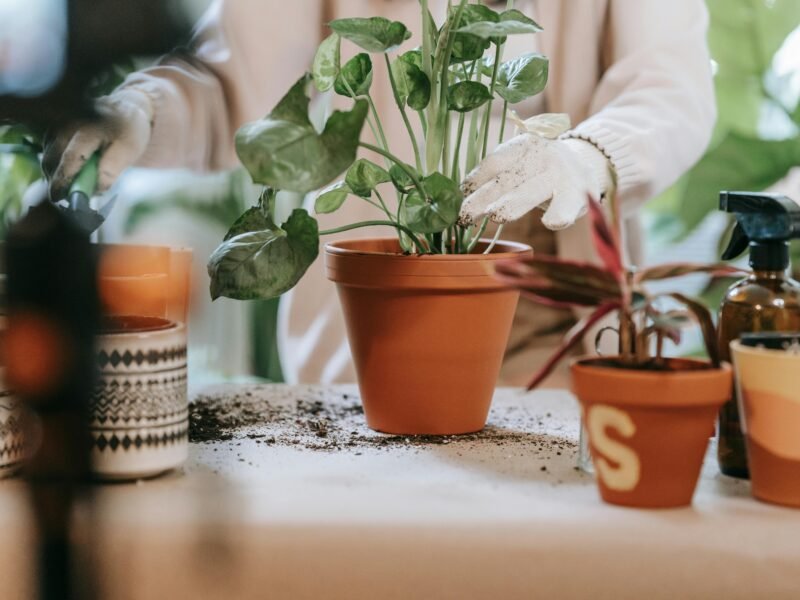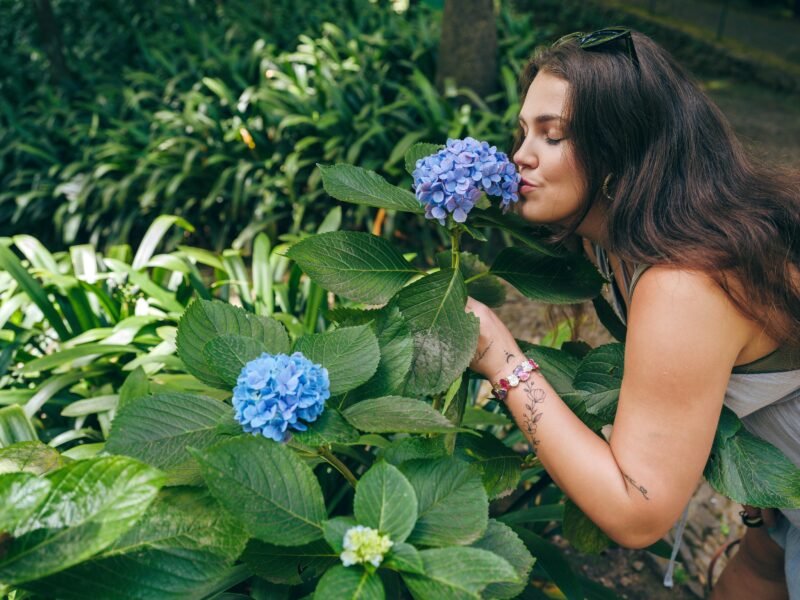Dracaena Plant Care: The Ultimate Guide

The dracaena plant is a favorite among beginners and aficionados alike because of its beautiful leaves and simple care. From improving your home interior to cleansing the air you inhale, this multifaceted botanical is here to enrich your life. This ultimate dracaena guide will cover the basics to arm you with everything you need to know about this plant, so stay tuned.
Table of Contents
ToggleWhat is a Dracaena plant?
The Dracaena Plant, belonging to the Dracaenaceae family, encompasses approximately 120 species of trees and shrubs. Originally from Africa, Asia, and Central America, these flowering plants are known for their knife-like leaves in rich hues. Dracaena marginata (Madagascar Dragon Tree), Dracaena fragrans (Corn Plant), and Dracaena sanderiana (Lucky Bamboo).
Types of Dracaena Plant
Dracaenas are known for their bold foliage and lack of care, making them a top pick among houseplant enthusiasts. This article will cover some of the most commonly known varieties of Dracaena plants.

Dracaena Fragrans (Corn Plant)—One of the more typical Dracaenas grown. They have broad, arched leaves that are sometimes solid green and other times striped with yellow or white. The corn plant is very tall and can be dramatic inside.
Dracaena Sanderiana (Lucky Bamboo): Lucky Bamboo is not an actual bamboo but a species of Dracaena. It typically grows columnar and segmented, with small lanceolate leaves. Typically grown in water, it effortlessly shapes itself into various forms, adding sophistication to any setting.
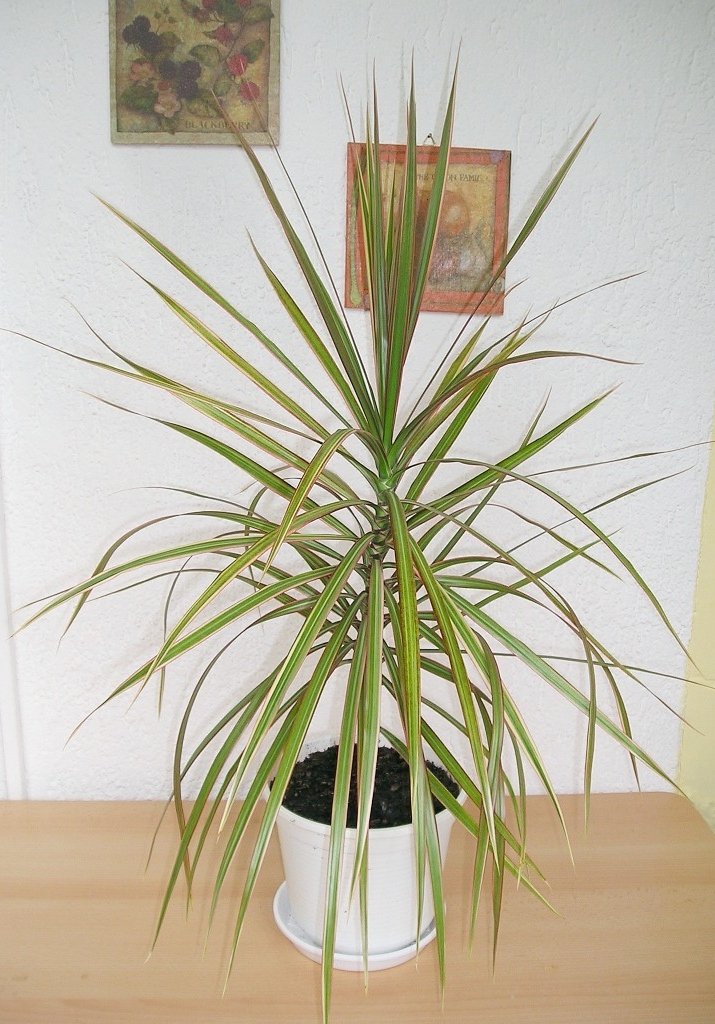
Dracaena Marginata (Dragon Tree): This uptight plant is recognizable by its spiky, red-edged sword-like leaves, and it screams 2019 in the most contemporary of ways. You can cultivate it in small tree or bushy plant form, and it prefers different light conditions.
Song of India (Dracaena Reflexa) is a common houseplant with lovely white and green or red and yellow striped leaves. You can cultivate Song of India as a bush or train it into a small tree, which enhances the tropical atmosphere in indoor areas.
Dracaena Gold Star: This is a small dracaena with bright golden-yellow leaves and green edges. With bright foliage, the smaller dracaena Gold Star is a perfect choice if you are low on space.
Dracaena surculosa, or Gold Dust Dracaena surculosa, also known as Gold Dust, is a popular plant in the dracena family, primarily due to its tiny spots that resemble gold dust on each small leaf. This is a smaller variety of Dracaena, making it ideal for compact garden beds and borders, or as an upmarket pot plant indoors.
Dracaena deremensis (Janet Craig): Among the over 20 species and varieties of Dracaena, Janet Craig is often considered the best for low-light conditions. This plant is perfect for rooms that receive less natural light. If you have a room facing north or where you need to close the curtains at 4 p.m., it’s better to prioritize this dark essence. While it may seem insignificant in a large room with lots of light, it’s quite effective when it’s used in small, moderate amounts, even to the point of complete darkness.
Dracaena Cinnabari (Dragon’s Blood Tree): With its umbrella-like canopy and red resin, the Dragon’s Blood Tree is more of a novelty item than a houseplant. When allowed to grow into an odd-shaped plant with broad leaves, it thrives in its native environment.
Every Dracaena variety has its distinct features, but all are simple to maintain houseplants that do not demand high light or regular watering. These are excellent for providing a pop of greenery indoors and can flourish under many environmental conditions.
The Dracaena Plant Benefits
Air Purification
The dracaena plant is excellent at purifying indoor air. NASA research has shown that the dracaena (Dracaena fragrans ‘Massangeana’), warneckii (Draecena deremensis “Warneckii”), and marginata (Draceana) plants can clean the air inside by getting rid of common toxins like formaldehyde, benzene, and trichloroethylene.
Low Maintenance
Dracaena plants Low-maintenance: The dracaena plant is simple to care for, so if you have a black thumb, it might be an excellent option. This low-water user grows well in indirect sunlight and adapts to a variety of indoor environments.
Aesthetics
The dracaena’s cylindrical, architectural shape and variety-rich colors and patterns give it an instant stylistic lift. Whether you prefer the deep green hues of Dracaena Janet Craig or the bold reds of Dracaena marginata, there is a style for everyone.
Dracaena Plant Care Guide

Light Requirements: The dracaena plant is versatile in terms of light requirements and will grow well under high or low lighting. Positioning the plant in a bright, light space is essential; however, excessive direct sunlight can scorch its leaves, and lack of light could lead to loss.
Watering: This is why the dracaena plant thrives in dry conditions. When the first inch of soil is completely dry, water your plant. Watering the plants too often can promote root rot, so proper drainage is important.
Soil and Potting: When it comes to your dracaena plant, all that is required for a healthy potting mix is good drainage. Mix peat, pine bark, and vermiculite or perlite. Be sure you have some drainage holes in the bottom of your saucepan, so water doesn’t set there. Read more about it here.
Temperature and Humidity: Dracaena plant The Dracaena plant prefers indoor temperatures between 60°F and 80°F. If the humidity is low, a temperature higher than this will help, so a humidifier or misting could be beneficial indoors during the winter months when there is dry heat.
Fertilizing: DRACAENA Feed every two to four weeks with a balanced liquid fertilizer during the growing season (spring and summer). As the plant’s growth slows down in the autumn and winter months, reduce the amount of fertilizer you apply.
Pruning: When it comes to maintenance, pruning is one of the most important tasks you can do to keep your dracaena plant in shape and size. Also, cut off yellow or dead leaves; if the plant is leggy, give your lavender a haircut to encourage bushier new growth. To avoid the spread of disease, make sure to always use sanitized and sharp scissors or pruning shears.
Pest Control: The dracaena plant is pest-resistant, but it is still susceptible, although rarely, to spider mites and scale insects. Inspect your plant for tiny webs, sticky residue, or discoloration on any leaves. If problems persist, treat them promptly with insecticidal soap or neem oil. Read more about care for this plant here.
Common Issues and Solutions
Yellowing Leaves: Too much watering or poor drainage are the main causes of leaf turning. Make sure your plant has drainage holes in its pot, and only water it as needed. Leaves turning yellow might be a sign of too little light, so relocate your plant to a place with more sun.
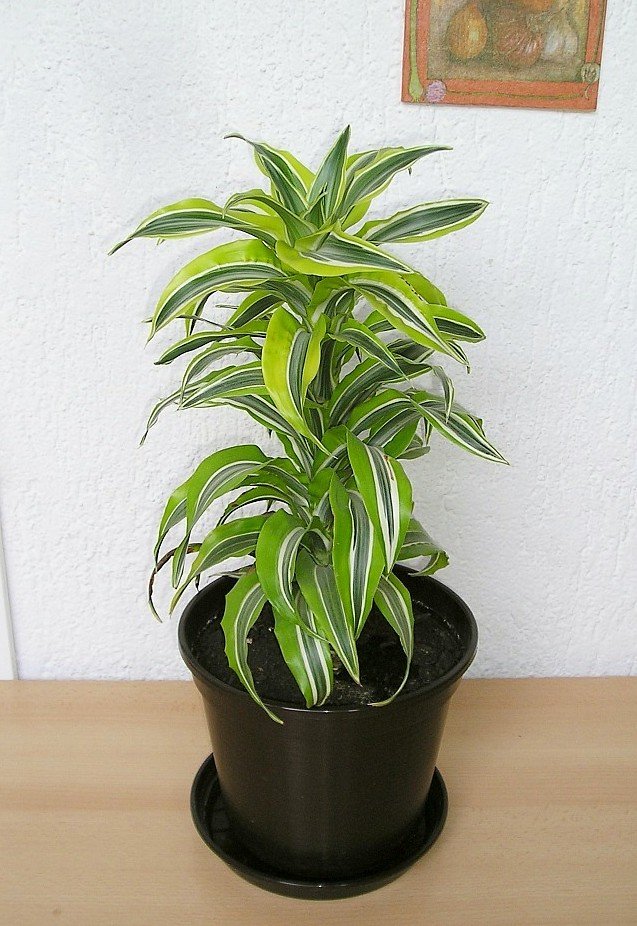
Brown Tips: Brown leaf tips are a sign of low humidity or fluoride in water. Maintain a higher humidity level for your plant, and consider irrigation with lukewarm tap water enriched with vinegar.
Drooping Leaves: Underwater plants may develop droopy leaves, as could those exposed to rapid temperature changes. Assess the earth’s humidity and adjust the watering if required. Remember that you still have winter approaches—try not to subject your plant to cold drafts or an extreme change in temperature.
Fungal Infections: The Dracaena plant is afflicted with a fungal infection called leaf spot. Water can lead to the development of root rot if it is kept excessively wet. It’s also important to make sure your succulent plants are in an area with adequate drainage, avoiding overwatering. Simply cut off all affected leaves and take whatever other measures are necessary to help the plant heal, including applying a fungicide.
How low-maintenance is the Dracaena plant? This plant is adored by indoor gardeners for its air-purifying power, as well as a wide array of aesthetic appeal-threatening species. With proper care protocols and prompt treatment of issues that arise, you can see that your dracaena plant will live for several years.
Buying a Healthy Plant Check out our shortlist of dracaena species and the benefits that this amazing plant can bring to your life!
Most Viewed
Latest Articles



